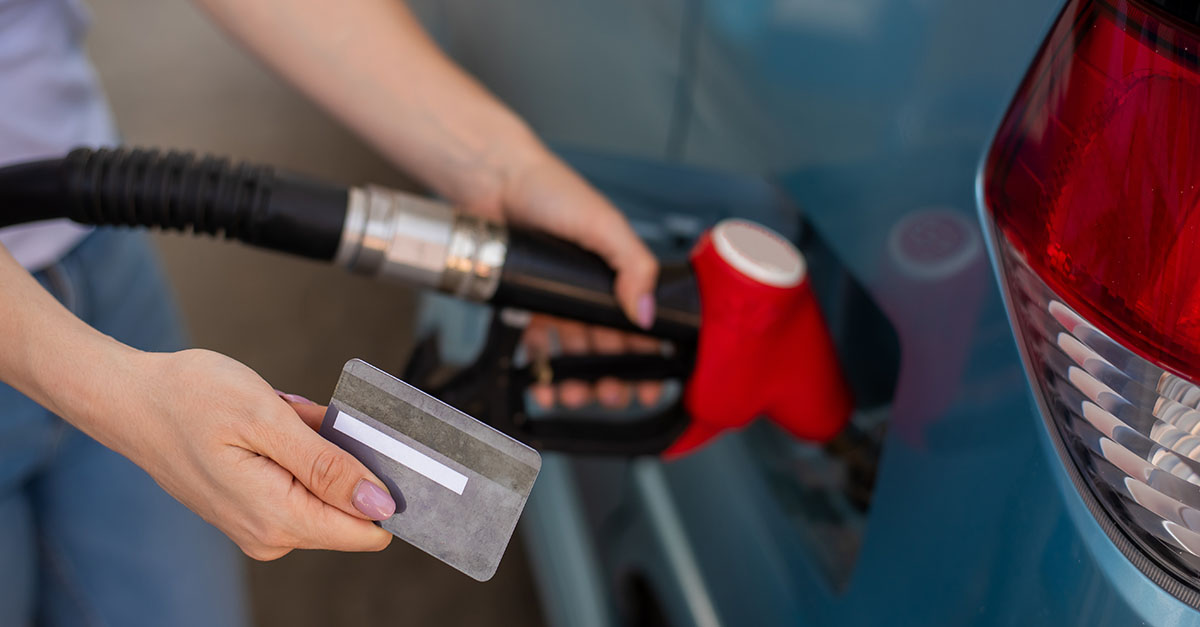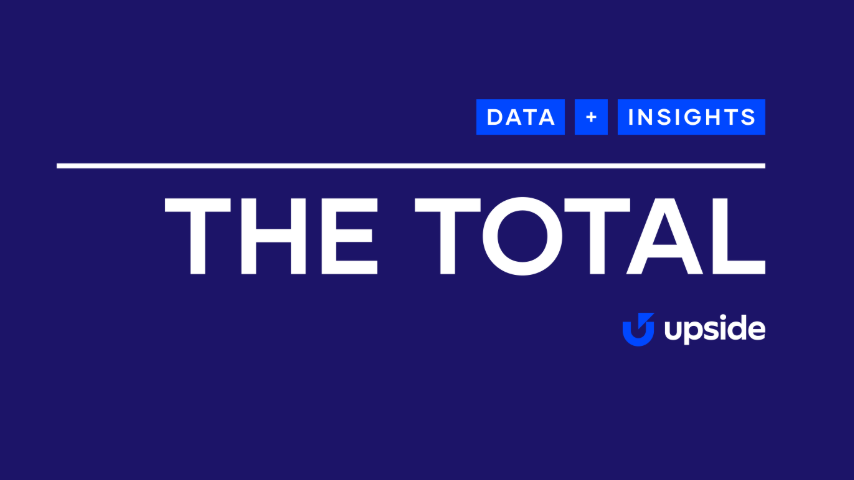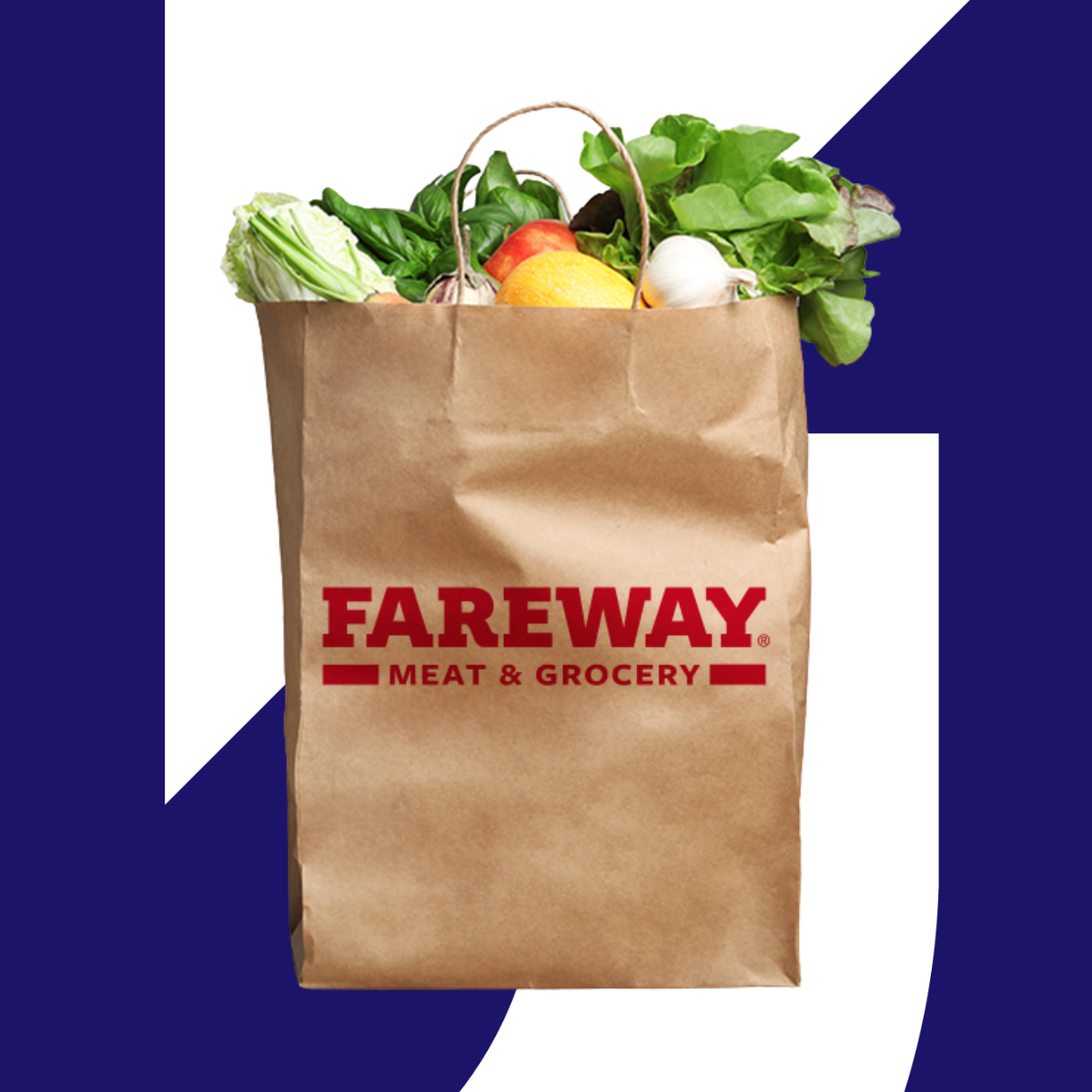9 ideas to bring customers into your store

The Upside Team
Customer acquisition drives retail growth and business expansion. You need tactics that bring new shoppers through your doors, not just improvements that make existing customers more satisfied. The most successful ideas to bring customers into your stores focus on attracting customers who currently shop elsewhere.
Stop losing transactions to your competitors — here's how to attract customers from your biggest competitors to your store.

Create an irresistible storefront experience
Your storefront competes against every other retail space in your area for customer attention. The goal isn't just curb appeal — it's creating reasons for people to stop at your location instead of driving to competitors down the street.
Idea 1: Target competitor customers with location-based incentives
Location-based targeting reaches customers when they're near competitor stores and offers them incentives to visit your retail store instead. This approach uses mobile technology to identify customers shopping at competing locations and presents them personalized promotions or exclusive deals.
- Time offers during shopping decisions: Present incentives when customers are actively choosing where to shop. Someone walking past your store to reach a competitor represents a direct customer acquisition opportunity.
- Intercept customers during their shopping journey: Targeted ads and personalized offers work best when they reach customers while they're deciding where to shop. This creates immediate opportunities to change shopping behavior rather than hoping customers remember your offer later.
- Provide immediate value: Your retail space becomes more attractive when potential customers know they'll receive cash back or exclusive deals for choosing your location.
- Focus on behavior change: Location-based incentives work because they address the specific moment when customers choose between competing retail stores. The goal is to change shopping patterns through immediate value rather than building long-term brand loyalty.
Get the customer acquisition tactics that drive profitable retail sales without paying for foot traffic and transactions you would have gotten anyway.
Idea 2: Track storefront improvements for measurable impact
Window display improvements and store lighting changes feel like good investments, but you need data to prove they attract customers. Monitor foot traffic patterns and sales data before and after storefront changes to understand which improvements drive additional customers. Tracking customer traffic and conversion rates helps you identify which storefront investments deliver measurable business growth rather than just aesthetic improvements.
Focus on storefront elements that address specific competition in your market.. If your location has visibility challenges, for example, enhanced signage and lighting might help customers notice your business when making shopping decisions.
Idea 3: Implement profit-share partnerships for storefront traffic
Profit-share partnerships with local businesses or app partners can drive foot traffic without upfront marketing costs. Instead of paying for advertising that might not work, you partner with services that bring customers to your retail store and pay them based on proven results.
- Pay for results, not promises: You only pay when customers show up and spend money at your retail store. This eliminates the risk of spending marketing budget on campaigns that don't deliver measurable foot traffic.
- Align incentives around customer acquisition: Partners focus on bringing you customers who make purchases, not just generating activity around your storefront. This ensures everyone involved prioritizes actual sales over vanity metrics like impressions or clicks.
- Target specific competitor customers: The best partnerships focus on customers from particular competitor locations rather than trying to attract everyone in your area. When you know which competitor customers are most likely to switch, you can design partnership offers that appeal directly to those shopping habits.
- Eliminate upfront marketing risk: Traditional advertising requires spending money before you know if it works. Profit-share partnerships flip this model by tying costs directly to proven customer acquisition results.
Develop customer-centric strategies that build loyalty
Your customer-centric approach should focus on bringing in new customers first, then keeping them once they start shopping with you. The most profitable retail stores excel at both customer acquisition and retention, but they understand that growth comes from expanding their customer base beyond people already walking through their doors.
Idea 4: Target competitor loyalty program members
Customers who use competitor loyalty programs are engaged shoppers who care about rewards. These customers might switch to your store if you can offer them more compelling incentives than what they're currently getting. These customers respond to better offers and are willing to switch when presented with superior value.
Research which loyalty programs your competitors use and design offers that provide more immediate value. Instead of points that accumulate over time, offer instant cash back or immediate discounts that make switching worthwhile. The goal is to intercept these customers before they complete purchases at competitor locations.
Track which competitor customers respond to your offers and focus your customer acquisition budget on the most profitable segments.
Idea 5: Use the right cash-back partnerships to win market share
Cash-back partnerships target customers currently shopping at competing retail stores and offer them financial incentives to choose your location instead. This approach focuses on customer acquisition rather than customer retention by reaching people who aren't already shopping with you.
- Focus on customer acquisition: Reaching people who aren't already shopping with you ensures your marketing budget goes toward business growth.
- Use attribution measurement for profitability: Prove which customers are genuinely new versus which customers were already planning to shop with you. This distinction determines the true profitability of cash-back partnerships and helps you optimize your customer acquisition spending.
- Measure incremental customer value: Track which cash-back offers deliver customers who make regular purchases versus customers who only shop during promotional periods. Focus your partnership budget on tactics that bring long-term value rather than one-time deal seekers.
Idea 6: Create competitor customer profiles for targeted acquisition
Customer profiles that include competitor shopping behavior help you design acquisition campaigns that appeal to specific switching triggers. Instead of generic demographic data, focus on understanding why customers choose competitor locations and what would make them switch to your retail store.
This information guides everything from store inventory to promotional timing. If customers from a particular competitor shop during specific hours or prefer certain payment methods, you can optimize your operations to appeal to those preferences when they visit your store.
Use this data to address specific pain points customers experience at competitor locations. If a competitor has long checkout lines during peak hours, emphasize your faster service. If they have limited parking, highlight your convenient parking lot.
Digital marketing and cash-back apps to drive foot traffic
Effective digital marketing targets customers during their shopping journey, not when they're passively browsing social media. Cash-back apps and location-based offers provide immediate value for switching locations rather than asking customers to remember your brand for future purchases.
Idea 7: Use a mobile app with exclusive store-only deals
Mobile apps that offer exclusive deals to customers near competitor locations can drive immediate foot traffic to your retail store. Instead of general app promotions, target customers when they're physically near competing retail stores and offer them better deals for visiting your location.
- Intercept customers during their shopping journey: Target customers when they're physically near competitor locations rather than hoping they remember your app when they need something. Real-time location data shows when potential customers are shopping at competitor locations, creating opportunities to present immediate alternatives.
- Offer deals that make switching worthwhile: Small discounts won't change established shopping habits, but meaningful cash back or exclusive offers can pull customers away from their usual retail stores. The incentive needs to justify the effort of changing locations.
- Track measurable foot traffic results: Monitor which offers generate the most store visits and focus on tactics that deliver proven results. This data helps you optimize your app promotions for maximum customer acquisition rather than just app downloads.
- Time offers for maximum impact: Present deals when customers are actively making shopping decisions, not during random times throughout the day. Strategic timing increases the likelihood that location-based offers will change immediate shopping behavior.
Idea 8: Implement a referral program that rewards customer advocacy
Referral programs work when they encourage existing customers to bring in people who aren't already shopping with you. Instead of generic referral rewards, focus on customers who can reach competitor customers through their social networks or workplace connections. The most effective referral programs target specific competitor customers rather than asking for general referrals.
When your existing customers know people who shop at competing retail stores, they can make targeted recommendations that result in customer acquisition rather than just social media sharing. Track referral program results to ensure you're gaining new customers rather than just rewarding existing customers for referring people who would have found your store anyway. The goal is measurable customer acquisition, not just increased social media activity or email marketing list growth.
Idea 9: Use data analytics to personalize customer shopping experiences
Your data shows which customers are worth your attention and which promotions change shopping behavior.
- Know your big spenders: Some customers drop $50 every visit, others buy a pack of gum. Your data shows the difference — treat them accordingly.
- Stock what converts: If coffee brings switchers but they never buy your overpriced pastries, get better pastries or focus on what works.
- Double down on what works: When a promotion pulls customers from your competitor and they spend money, run it again. When it doesn't, try something else.
Measuring success: track your customer acquisition results
Customer acquisition measurement separates real growth from expensive customer rewards. You need to know which customers are genuinely new versus which ones were already planning to shop with you.
Monitor foot traffic patterns and peak shopping hours
Foot traffic analytics solutions help you understand when potential customers visit your retail store and whether those visits result from customer acquisition efforts or natural shopping patterns.
- Connect traffic spikes to campaigns: If foot traffic increases during competitor targeting campaigns, you can measure the direct impact of those efforts on store visits. This shows you which marketing tactics drive incremental customers.
- Track conversion during peak periods: Higher traffic counts don't always mean better business results if additional customers aren't making purchases. Monitor whether increased foot traffic translates to actual sales during different periods.
- Identify incremental versus shifted timing: Determine which marketing efforts drive genuinely new traffic versus which ones just change when existing customers visit. This distinction shows whether you're growing your customer base or just rearranging shopping patterns.
- Optimize campaigns based on traffic data: Use foot traffic patterns to focus your customer acquisition budget on tactics that deliver measurable store visits during profitable periods rather than just general activity increases.
Calculate customer acquisition cost vs. lifetime value
Customer acquisition cost calculations must account for which customers are genuinely new versus which customers would have shopped with you regardless of marketing efforts. This distinction determines the true cost and profitability of your customer acquisition strategies.
Lifetime value calculations become more accurate when you can track customer behavior over time and identify which acquisition channels deliver the most valuable long-term customers. Someone who switches from a competitor and becomes a regular customer has much higher lifetime value than someone who shops occasionally for promotional deals.
Compare acquisition costs across different tactics to focus your marketing budget on approaches that deliver the best return on investment. Cash-back partnerships might have different cost structures than social media advertising, but the key metric is cost per incremental customer acquired.
Analyze conversion rates from browsers to buyers
Conversion rate analysis should separate customers who browse and leave from customers who browse and make purchases. Higher foot traffic doesn't automatically translate to better business results if additional visitors aren't converting to sales.
- Track which tactics bring buyers: Monitor which customer acquisition tactics bring visitors who make purchases versus which ones just increase store traffic without generating revenue. This helps you optimize spending toward tactics that deliver buying customers rather than curious browsers.
- Separate browsers from buyers: Focus on conversion rates during different campaigns to understand whether increased foot traffic translates to actual sales. More visitors doesn't mean more revenue if they're just looking around.
- Optimize for purchasing behavior: Use conversion data to adjust store layout and product placement for customers comparison shopping between your retail store and competitors. Focus on what drives purchases rather than just attracting window shoppers.
- Focus budget on converting tactics: Invest more in customer acquisition methods that bring people who spend money and less on approaches that just generate foot traffic without sales results.
Get more customers into your store with Upside
Upside helps fuel and convenience retailers acquire customers from competitors through targeted cash-back offers. Nearly 30% of fuel and convenience retailers use Upside because the attribution methodology proves which customers are genuinely incremental to your business. The profit-share model means you only pay for customers who wouldn't have shopped with you otherwise. Test and control groups show exactly which customers came through cash-back partnerships versus organic foot traffic. Ready to steal customers from your competitors? Contact Upside to learn how cash-back partnerships deliver measurable customer acquisition.
Frequently asked questions
What are good ways to attract customers?
Good ways to attract customers focus on targeting people currently shopping with your competitors through cash-back offers and location-based incentives. Attribution measurement proves which customers are genuinely new to your business, ensuring you only pay for incremental customer acquisition rather than rewarding existing shopping behavior.
How to promote your business locally?
Promoting your business locally works best through profit-share partnerships that target competitor customers in your immediate area with measurable incentives. Cash-back programs let you reach customers when they're making shopping decisions near competitor locations and provide immediate value for switching to your store instead.
Share this article:
The Upside team is made up of data scientists and industry experts who are passionate about delivering empowering content to our readers. With a focus on providing practical insights and meaningful perspectives, we create engaging materials across a wide range of topics. From exploring industry trends and offering expert analysis to sharing useful tips and inspiring ideas, our team works diligently to provide you with the information you need to thrive.
Request a demo
Request a demo of our platform with no obligation. Our team of industry experts will reach out to learn more about your unique business needs.









.png)





